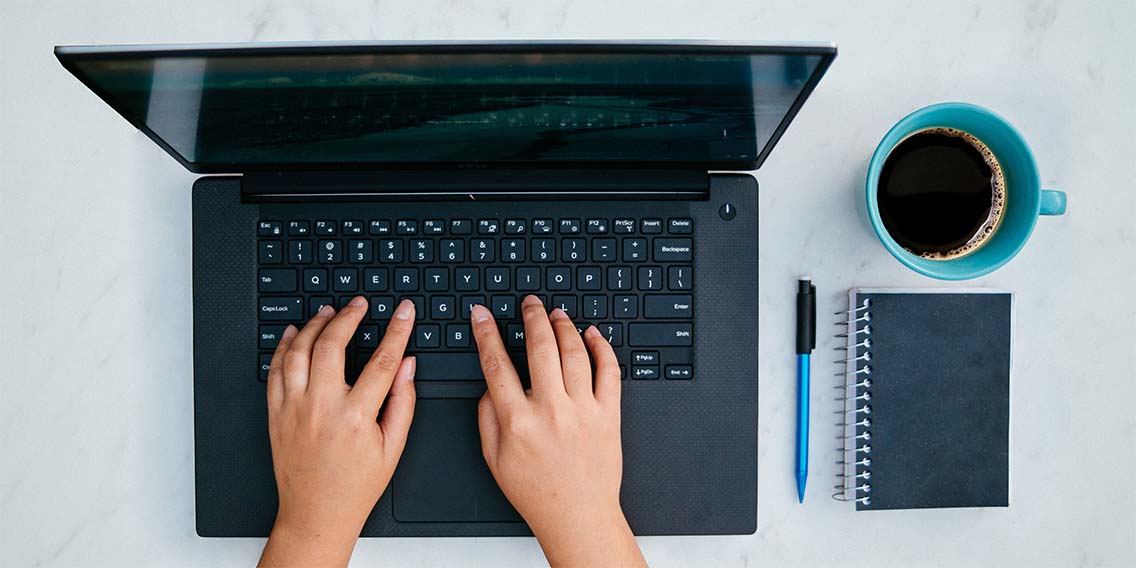FINANCE
How to Pay for Your First Apartment
EXPECTED READ TIME: 7 MINUTES
Paying for your first apartment involves a lot more than just covering rent. It’s not unusual to encounter surprise costs even if you’ve done some research. But you can set yourself up for success by creating a good budget and letting it guide your housing choices. Here’s what that looks like.

How Much Should I Spend on Rent?
Different people have different ideas about calculating what you should pay for rent. Some people follow the traditional 30% of your income rule, although others now follow the newer 50/30/20 rule. Regardless, the best way is to create a budget and let it guide you. If you’ve never used a budget before, you can experiment with different budgeting strategies to figure out what works best for you.
What Bills Do I Have to Pay Besides Rent?
Rent is usually the biggest cost associated with an apartment, but there are other costs you’ll need to consider, too. Some of these are up-front costs while others are ongoing for as long as you live in your apartment.
Ask for a complete list of fees before committing to a new place.
Deposits and Fees
Fees vary from lease to lease and can greatly increase the cost of living somewhere, so ask for a complete list of fees before committing to a new place. Common fees include:
Security Deposit
A security deposit is money you pay to hold a rental until you move in. It’s usually refunded when you move out unless you’ve damaged the unit. Typically, the deposit is equal to one month’s rent. It’s common to pay either the security deposit and first month’s rent or the security deposit, first month’s rent, and last month’s rent before moving in.
You may be able to waive deposits if you meet certain criteria.
Utilities Deposits
Utilities are services like water, sewage, trash collection, gas, electricity, telephone, and internet service. Some providers require a deposit to set up these services, especially if you’ve never had an account with them. Deposits range from $70-$150, but you may be able to waive deposits if:
- You have a good payment record with the provider
- You’re transferring service from one residence to another but using the same provider
- You have a good credit score
Broker’s Fees
Brokers help you find apartments you might want to rent. You don’t have to use a broker, but it may speed up your search if you’re looking for a place in competitive markets like New York City, Seattle, San Francisco, or Boston. Brokers usually charge a fee of 12%-15% of your first year’s annual rent, and you’ll need to pay this before you move into your new home.
Administration and Move-In Fees
Admin fees cover the cost of taking your apartment or rental house off the market. In some cases, this fee is credited toward your first month’s rent.
Some places may charge a separate move-in fee as well that covers cleaning, painting, and repairing your apartment before you move in. Other places lump this in with the admin fee. Admin fees are usually between $50-$200 while move-in fees range from $150-$350.
Some places may charge a separate move-in fee as well that covers cleaning, painting, and repairing your apartment before you move in.
Parking or Public Transportation
Some apartments charge parking fees that cover the cost of owning and maintaining the lot or garage where residents keep their cars. Parking fees can go as high $570 per month. If you don’t own a car, you’ll still need to factor in the $80-$120 per month public transportation can cost you in most major cities.
Pet Deposits and Pet Rent
If you’re planning to keep a pet in your rental place, you’ll likely have to pay a pet deposit, pet rent, or both. A pet deposit is a one-time fee that may or may not be refundable. Pet rent is a monthly, nonrefundable fee you pay along with your regular rent. Both pet deposits and pet rent are usually charged per pet.
A pet deposit is a one-time fee that may or may not be refundable. Pet rent is a monthly, nonrefundable fee.
Pet fees are often used as a way to charge more for a service that is rarely utilized (not every pet leaves a mess). Companies know that you won’t give up your pet to live there, so these fees have skyrocketed in recent years. In some places, you’ll see a $300 pet deposit in addition to a $30 per month pet rent. We suggest looking for a place that only charges one type of pet fee, if possible.
When comparing a place with a pet deposit to a place with pet rent, add up the pet rent for a year (or the duration you plan on living there) and see how it compares to the other apartment’s pet deposit to get an accurate idea of what it will really cost you.
We suggest looking for a place that only charges one type of pet fee, if possible.
Power and Water
Whether you’re using natural gas, electricity, or some combination, you’ll have to pay to keep the lights on and water running. These costs will vary based on where you live and your usage.
Renter’s Insurance
Renter’s insurance covers your personal belongings in case of theft, fire, flood, or other disaster. It provides some personal liability coverage and may cover some medical bills if an accident takes place in your home.
Some apartment complexes require you to provide proof of minimum insurance coverage before you move in. Even if they don’t, it’s inexpensive — averaging $148 per year or $12 per month — and worth having. You may be even able to save money by bundling your car insurance with your renter’s insurance.
You may be able to save money by bundling your car insurance with your renter’s insurance.
Internet
Setting up internet is similar to setting up power and water. You’ll pay a deposit to get service started and then choose to set it up yourself (using a guided setup tool) or pay to have a technician do it for you. You may be able to waive the deposit if you sign up during a promotion.
Moving Costs
Finally, don’t forget the cost of hauling your stuff from Mom and Dad’s to your new abode. You might get away with borrowing a truck and paying your friends in pizza if you don’t have a lot of stuff.
If not, you could be looking at somewhere between $350-$1,500 to hire movers for a small amount of furniture, or $1,000-$2,000 for moving the equivalent of a four-bedroom house. Costs increase if you’re moving long distance.
You might get away with borrowing a truck and paying your friends in pizza if you don’t have a lot of stuff.
Furniture
You likely have a bed, dresser, nightstand, and chair. But do you have a couch? TV stand? Dining table? If not, you have a few choices:
- Ask friends and family for any cast-off pieces they no longer need
- Thrift furniture from second-hand or charity shops
- Buy budget pieces at outlets or big-box stores
It’s better to save and buy things as you can afford them.
Using Credit to Decorate Your Place
It might be tempting to outfit your new apartment using a credit card, personal loan, or Buy Now Pay Later plan, but this could end up costing a lot more than expected when you include interest and fees. It’s better to save and buy things as you can afford them unless you:
- Already have an emergency fund big enough to cover you for 3-6 months
- Have no other debt
- Are used to managing credit
- Have all other costs covered for your new apartment
- Create a payoff plan you know you can stick to
Budgeting for Unmarried Couples or Roommates
Sometimes your first apartment isn’t solely yours. If you’re sharing with friends, roomies, or a romantic partner, you’ll need to create a budget together before you move. Learn more about sharing your space with How to Manage Household Finances if You're Not Married.
Tips for Cutting Costs
Don’t give up if you’re feeling overwhelmed! Moving out on your own is a huge step that can take months of preparation, and there are ways you can cut costs:
- Pay down debt before you move out. You’ll be able to absorb unexpected costs more easily if you’re debt-free.
- Save up for a few months before getting your own place. Take your time finding the right apartment and create a nest egg so you’re not taking on debt from the start.
- Move in the off-season. Apartments get snatched up when college starts in the fall. You may find better move-in specials or less competition at other times.
- Rent only what you need. If you’re on your own, a studio or garage apartment is cheaper than a one- or two-bedroom apartment or house.
- Live farther out. The city center is where it’s happening — and also where it costs more. Settle for a small commute or less-glamorous neighborhood in exchange for more affordable rent (and possibly more space).
- Get a roommate. You’ll lose some privacy, but you’ll also halve your expenses.
- Ask utility companies about billing options. Programs like budget billing or flat billing make it easier to budget for those expenses.
Don’t give up if you’re feeling overwhelmed!
The Takeaway
Getting your first apartment is a huge milestone. Planning ahead and careful budgeting will cut the stress and let you focus on making your place the place of your dreams.
Explore Checking Account Offerings at PenFed
Discover the diverse offering of products, services, and support available to our members.




